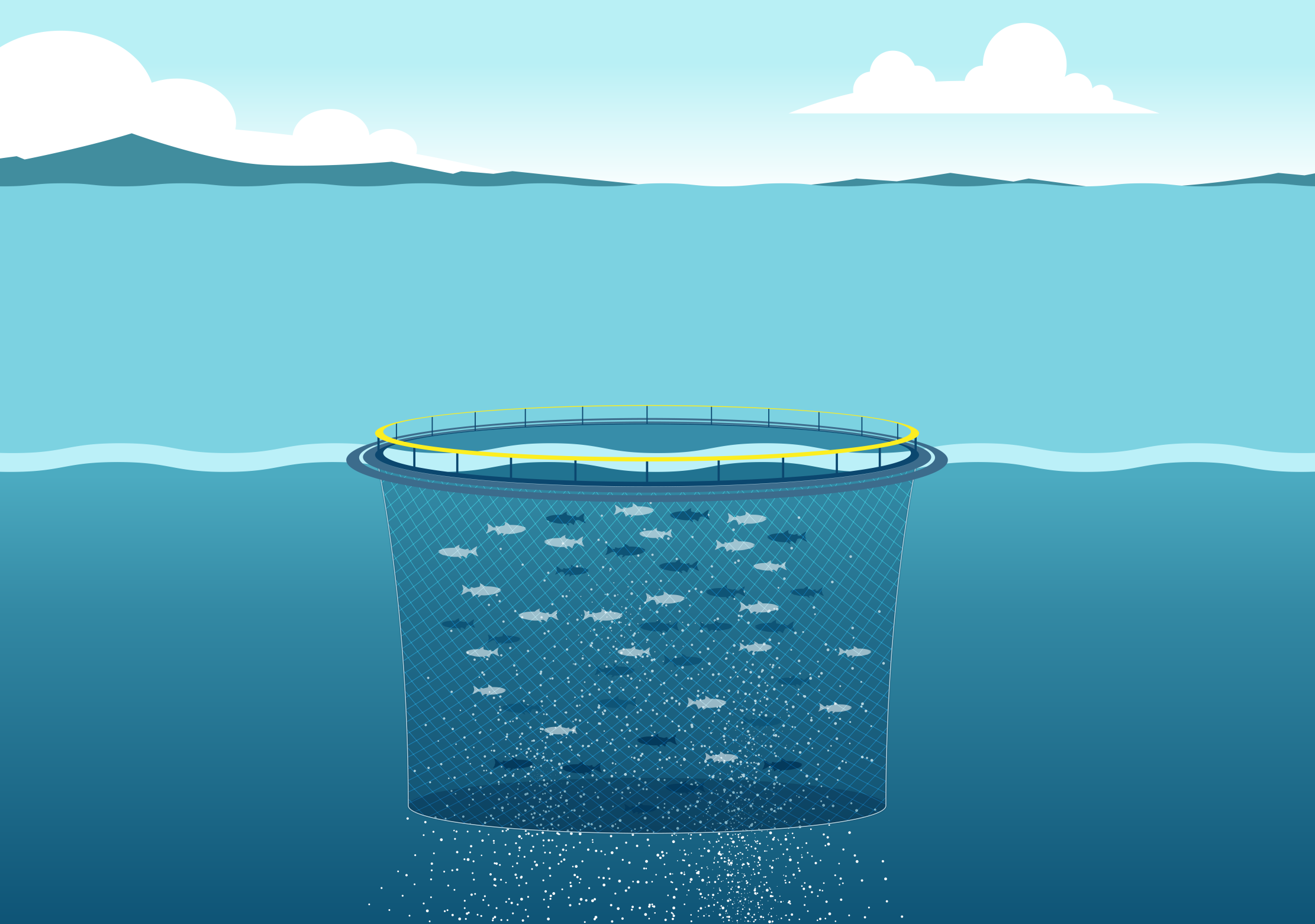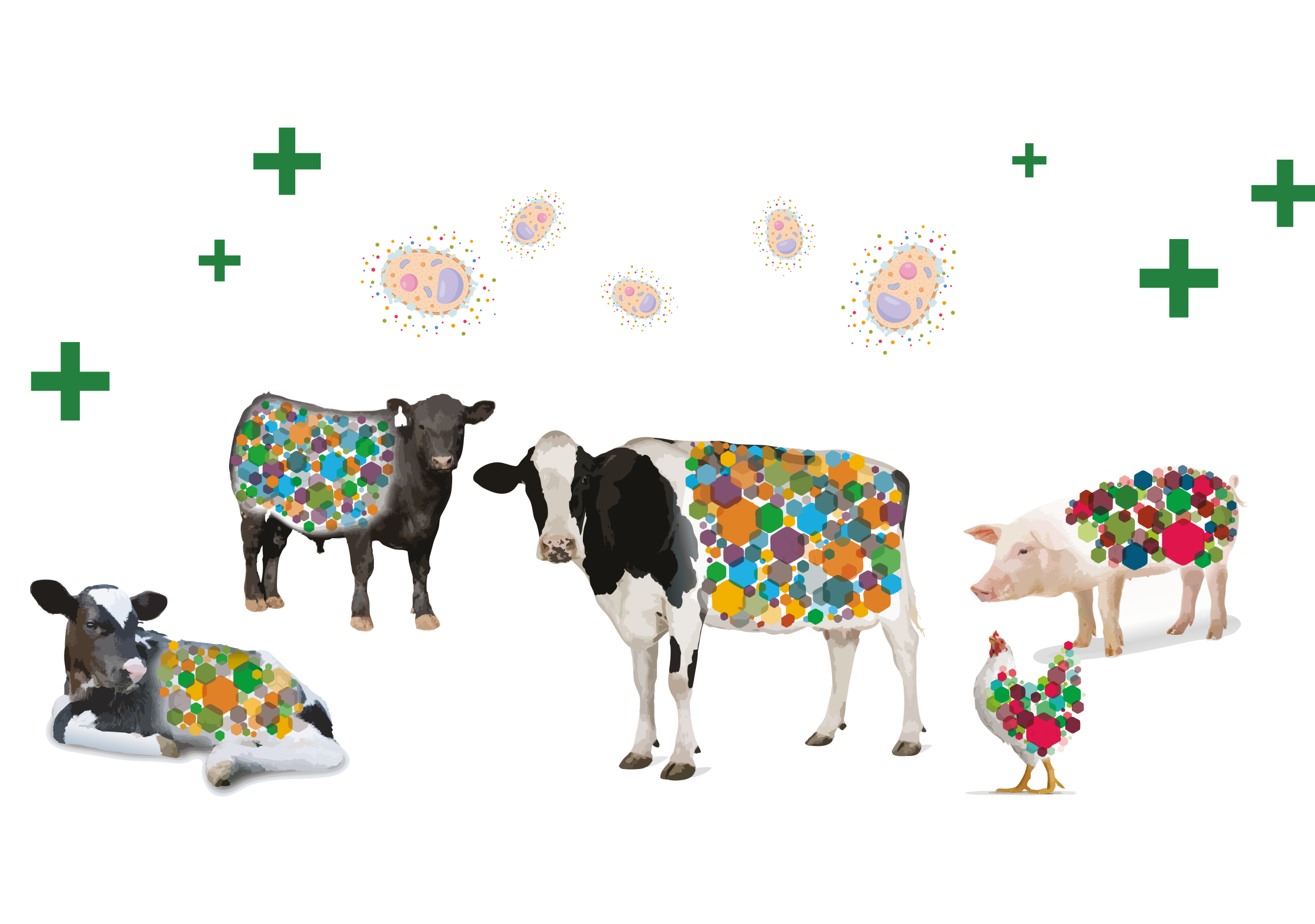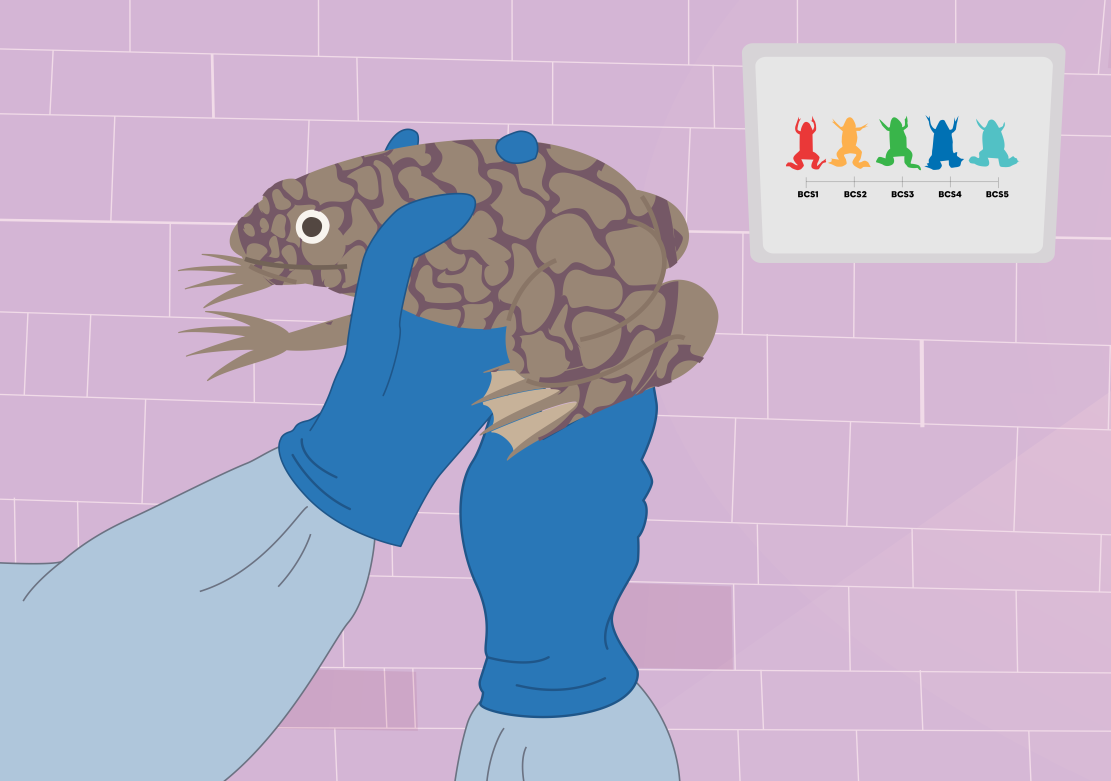Thiamine – commonly known as Vitamin B1 – is required by almost all life on Earth. Humans and other animals need to consume sufficient amounts of this vitamin to support brain and heart health. Some organisms, including certain molluscs, fish and bacteria, contain thiamine-degrading enzymes known as thiaminases. As such, consuming these organisms can lead to thiamine-deficiency. Read More
Thiamine deficiency has caused devastating crashes in populations of some wild animals, such as lake trout in the Great Lakes of North America and Atlantic salmon in the Baltic Sea, and die-offs in Northern European birds. Understanding the causes of thiamine deficiency in these animal populations is therefore important for conservation efforts.
Most thiaminases were previously thought to be exclusively produced by bacteria. Even for animals with high levels of thiaminases, scientists believed that these enzymes were a product of the animals’ gut microbes. However, a ground-breaking discovery by scientists from the US Geological Survey and Oregon State University is transforming our understanding of thiamine metabolism in animals.
Dr Catherine Richter and her colleagues discovered specialised genes in zebrafish that allow this species to produce thiaminase itself, with no microbes required. Using a technique called ‘sequence alignment’ with a public genetic database, the team also found similar genes in common carp, zebra mussel, and alewife fish.
Alewife – a non-native fish introduced to the North American Great Lakes – has been associated with a dramatic decrease in populations of native lake trout. By consuming alewife, the native trout ingest large amounts of thiaminase present in these prey fish. The resulting thiamine deficiency in trout eggs has led to high mortality in juvenile trout.
Previous evidence suggested that a type of bacteria was the source of thiaminase in alewife and other fish. Dr Richter and her colleagues assessed the presence of these bacteria in the guts of alewife. They concluded that this type of bacteria was not present in the quantities needed to produce the levels of thiaminase recorded in the fish.
The team supported this finding by isolating a thiaminase gene in fish, for the first time ever. They demonstrated that the fish gene generates a highly active thiaminase enzyme, suggesting that the high levels of thiaminase in alewife are not due to bacteria.
Understanding the source of thiamine deficiency in wild animal populations could open new avenues for conservation efforts, such as for lake trout in the Great Lakes, and endangered salmon species along the Pacific Coast of California.
The team’s work also offers exciting new possibilities of finding novel genes for thiaminases in other animal species. Scientists do not yet understand why any animal would make thiaminase. Finding these genes in a diverse range of species could help us understand how these enzymes evolved and their ancient function across the tree of life.







